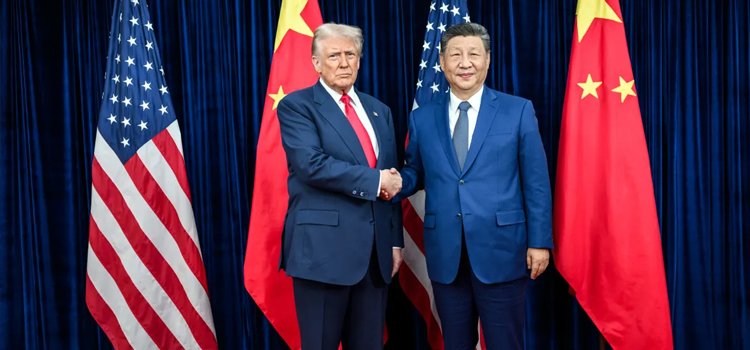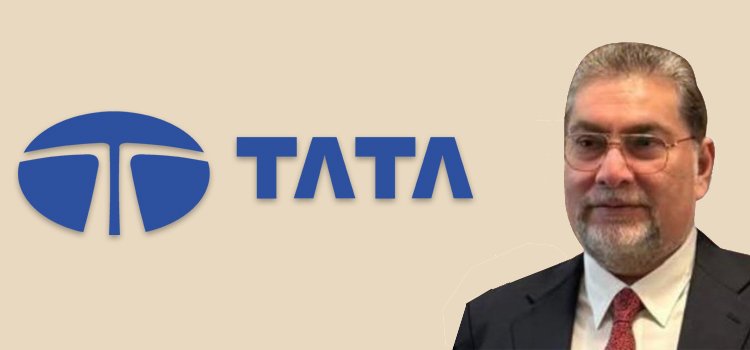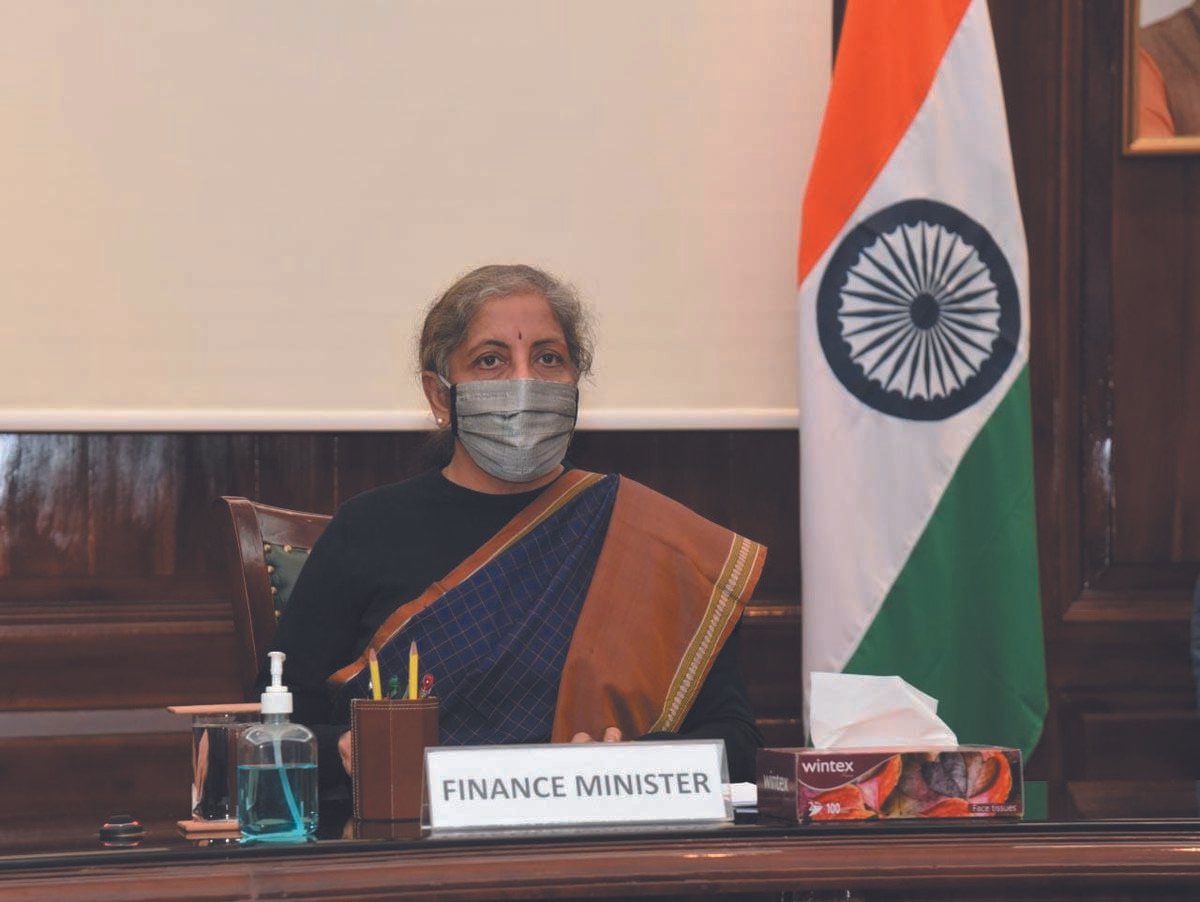MONEY
Taming A Red-Hot IPO Market
- IBJ Bureau
- Jan 03, 2022

The Securities and Exchange Board of India (SEBI)
has unveiled a set of far-reaching norms to tighten the primary market. The market
regulator has amended the rules for initial public offers (IPOs) related to both
investors and issuing companies.
The
SEBI has rightly defined the price band of an IPO. It has mandated that the
upper price band be at least 105 per cent of the lower price band. Price bands
in book-built issues exist for a reason to ensure proper price discovery. But
this has been followed only on paper and not in the true spirit of the law.
Sometimes
the difference between the upper and the lower ends of the price band has been so
narrow that it has made a mockery of price discovery. It would appear that the
promoter and the merchant bankers had already decided on a price and then set a
meaningless price band just to comply with the rule. Given the strong demand,
most investors were forced to bid at the upper end to ensure that they did not
miss out on share allotments. With the new norm, companies will be forced to
price their issues more realistically, and there could hopefully be better
price discovery as well.
In
another tweak, anchor investors can sell half their shares after the 30-day
lock-in period. But the remaining 50 per cent of their shares can only be sold after
90 days from the date of allotment. This rule seeks to plug a loophole where many
companies were allotting shares to big-shot anchor investors to ensure that
their IPOs got a good response from other institutional and retail investors.
This often hurt the non-institutional investors who had bought shares in the
IPO and were still holding them.
The
SEBI has ruled that existing shareholders owning more than 20 per cent of
pre-issue shares cannot offer more than 50 per cent of their shares in an IPO. Similarly,
those holding less than 20 per cent of pre-issue shares, cannot sell more than
10 per cent of their shares. Many companies have been coming out with IPOs not
because they needed capital, but more with an aim to offer an exit to existing
shareholders. This has especially been the case with companies and startups
with huge private equity investments.
Moreover,
ongoing exuberance in the IPO market has resulted in shares being offered at
high valuation. The change in the norm will force early investors to have some
skin in the game. This may also indirectly result in better pricing of the IPO.
The
market regulator has turned its focus on the proceeds of a public issue.
Accordingly, rating agencies have been asked to monitor use of IPO proceeds
till 100 percent of it is spent. Besides, if a company has not identified any
acquisition or investment target, the amount for acquisition and the amount for
general corporate purpose cannot exceed 35 per cent of the total amount being
raised.
Many companies are known to misuse funds raised through IPOs. However, it remains to be seen how the rule will be enforced. Some market watchers feel that the new rule would add to the compliance layers and have limited impact.
The SEBI’s new norms have come at a time when
the IPO market has turned red hot with a record mop-up of over Rs 1,19,000
crore in 2021. The tightening of the rules seeks to bring some sanity into the
primary market. But how far the new norms will be effective needs to be seen
when they come into force from April 1, 2022.





















Report By
View Reporter News